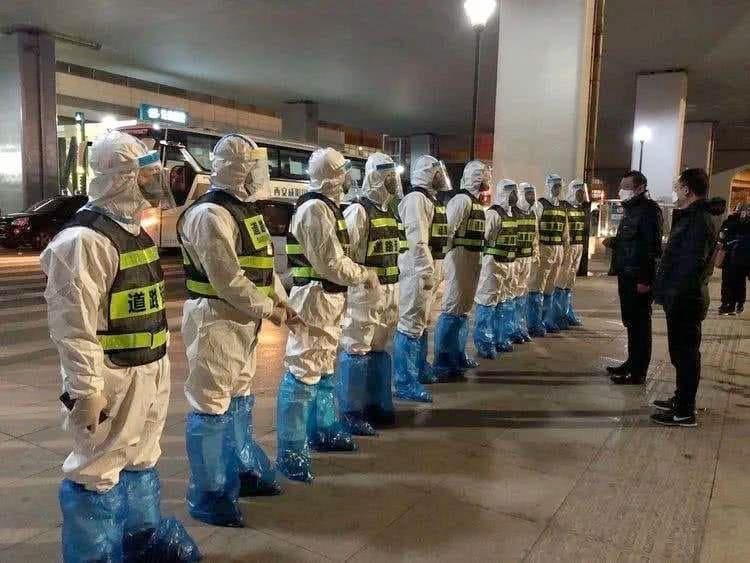China Scoop: Xi'an lockdown shows bankruptcy of China's covid control strategy
China's zero-covid policy on its last legs?
View from China with an Austrian School of Economics Perspective
The cracks in China’s zero-covid policy are getting harder and harder to overlook. As we discussed in our earlier post about China’s Covid-19 regime, with the exception of the Hubei province lockdown in early 2020, thus far China has for the most part avoided mass lockdowns. Measures to suppress the spread of Covid-19 have been strict, but also highly targeted. The lives of most people were not significantly affected.
Thus far this control regime has been successful in keeping overall case numbers extremely low, a feat which in a way is admittedly impressive. However, common sense will tell anyone that in the end it cannot possibly work. Whack the virus here, it pops up there. Whack it there, it pops up somewhere else. And at some point, inevitably a super spreader event takes place. Over and over again. Several months ago, this fact was even pointed out by the government’s favorite doctor spokesman, Shanghai doctor Zhang Wenhong. Though his statement did get some public support, he was also heavily criticized for a defeatist attitude. How can we surrender to the virus?!
At the same time, the government continues to refuse to admit to the obvious fact that Covid-19 in its current form is not only not very dangerous, but also easily treatable. Maybe the original virus 2 years ago was super dangerous, but this one isn’t. Moreover, a number of highly effective treatments are readily available. This refusal to acknowledge the obvious is despite the fact that since April 2020 there have been very few deaths due to Covid-19.
The number of cases continues to grow. And the quarantine numbers, as well. Yesterday we reported that over 600,000 people in Zhejiang province were subjected to quarantine. Today it was announced that 13 million people in Xi’an are the next victims. Because of 143 cases. City-wide PCR tests were conducted and 127 more cases were identified. Every two days residents are allowed to leave their housing compounds to do grocery shopping. Delivery services are deemed ‘essential’ and continue to function.
This is the first such city-wide lockdown since the Wuhan lockdown in 2020.
The Chinese government is already running a net fiscal deficit of 7.5% of GDP. All provinces except for Shanghai are in the red. Lockdowns on this scale come at an enormous economic cost. China is a country with a heavy manufacturing base and factory workers can’t just work from home. Moreover, this is not just a question of money. While Western governments knew they could close up shop and still make do by ratcheting up their imports from China, China has no such option. There is a hard limit to how much of the economy can be closed down before key necessities start to become scarce.
How many more lockdowns will China have to endure before the leadership in Beijing realizes that their policy is not sustainable?



